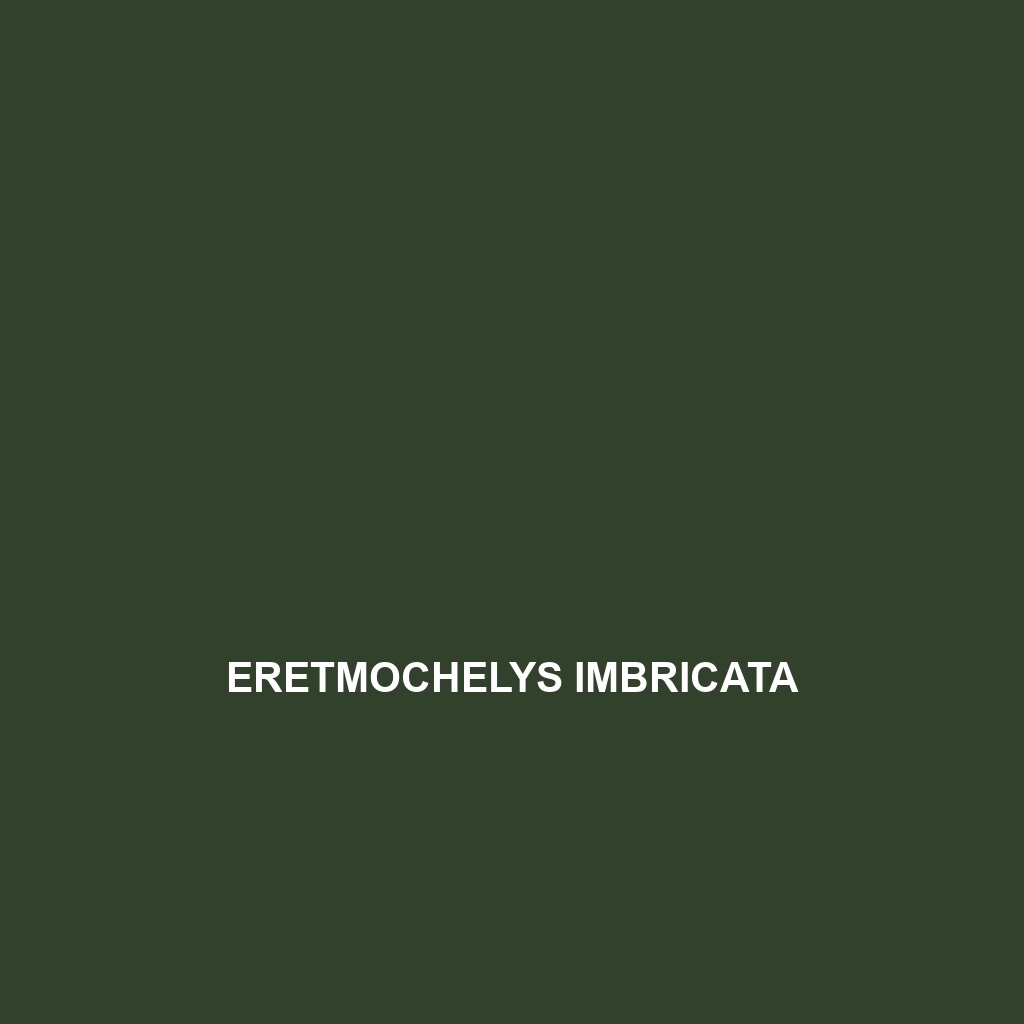Common Name
Eretmochelys imbricata
Scientific Name
Eretmochelys imbricata
Habitat
The Eretmochelys imbricata, commonly known as the hawksbill sea turtle, primarily resides in tropical and subtropical regions of the world. Their preferred environments include coral reefs, coastal lagoons, and rocky coastal areas, which are abundant in marine life. These habitats are typically characterized by warm waters, often found in geographic regions such as the Caribbean Sea, the Mediterranean Sea, and around islands in the Pacific and Indian Oceans. The biodiversity in these marine habitats provides the necessary resources that support the life cycle of this vital species.
Physical Characteristics
Eretmochelys imbricata is known for its distinct physical features that set it apart from other sea turtle species. It usually measures between 80 to 100 cm in carapace length and can weigh up to 80 kg. The hawksbill’s shell is characterized by its sharply pointed beak and beautifully patterned, overlapping scales, giving it a striking appearance. The coloration ranges from dark brown to yellow or amber, with intricate patterns that resemble a mosaic. Their unique shell shape, adorned with a striking array of patterns, not only enhances their beauty but also works to streamline their movement through water, making them adept swimmers.
Behavior
Behaviorally, Eretmochelys imbricata exhibits fascinating traits that interest researchers and enthusiasts alike. These turtles are known for their migratory patterns, often traveling considerable distances between feeding and nesting sites. Socially, they are generally solitary except during mating seasons or when females come ashore to nest. They exhibit unique feeding behaviors, such as foraging for sponges and other invertebrates on coral reefs. Notably, female hawksbills demonstrate strong site fidelity, returning to the same nesting beaches year after year, often during the warmer months when conditions are optimal for egg-laying.
Diet
Eretmochelys imbricata is predominantly a carnivorous species, primarily feeding on sponges, which constitute a significant portion of their diet. Their specialized feeding habits enable them to thrive in environments where food is selective and often limited to specific prey. In addition to sponges, they also consume other organisms such as jellyfish, sea anemones, and various marine invertebrates. Due to their specialized diet, they play a crucial role in maintaining the health of coral reef ecosystems, controlling sponge populations, and ensuring biodiversity within their habitat.
Reproduction
The reproductive cycle of Eretmochelys imbricata is complex and highly influenced by external factors. Mating typically occurs in shallow waters during the warmer months, commonly around late spring to early summer. After a gestation period of approximately 60 days, females lay an average of 160 eggs in sandy nests on beaches. Interestingly, hawksbills exhibit a unique phenomenon known as “clutch interval,” where females may lay eggs several times during a nesting season, with nests spaced as far apart as two weeks. Post-laying, the turtles show no parental care towards the hatchlings, who are instinctively driven to the sea almost immediately.
Conservation Status
The Eretmochelys imbricata is currently listed as critically endangered on the IUCN Red List, facing numerous threats from habitat loss, illegal poaching for their shells, and climate change-related impacts such as rising sea levels and temperature fluctuations. Additionally, accidental capture in fishing gear and marine debris pose significant risks. Conservation efforts include habitat protection, legal measures against poaching, and community awareness programs aimed at preserving their nesting sites. Various organizations work tirelessly to rehabilitate injured hawksbills and promote sustainable fishing practices in the regions they inhabit.
Interesting Facts
One of the most intriguing aspects of Eretmochelys imbricata is its unique ability to consume certain types of toxic sponges without suffering detrimental effects. This adaptation enables them to thrive in environments that might be inhospitable to other species. Additionally, their shells have historically been valued for their beauty and durability, leading to a longstanding trade that has contributed significantly to their decline. Furthermore, hawksbills are often referred to as ‘keystone species’ due to their crucial role in maintaining the structure of coral reef ecosystems, making their conservation vital for the health of marine environments.
Role in Ecosystem
Eretmochelys imbricata plays an essential role in marine ecosystems, acting as both a predator and prey. Their feeding habits help regulate sponge populations, thus promoting coral health and encouraging biodiversity within reefs. By controlling sponge densities, they help maintain the delicate balance of marine life, reaffirming their nickname as a ‘keystone species.’ As prey for larger marine animals such as sharks, they are also integral to the food web. The health of Eretmochelys imbricata populations is indicative of overall marine ecosystem health, highlighting the interconnectedness of different species and environmental conditions.
